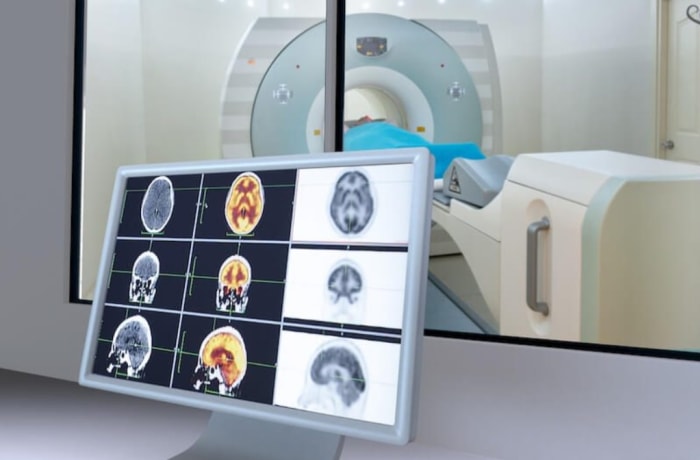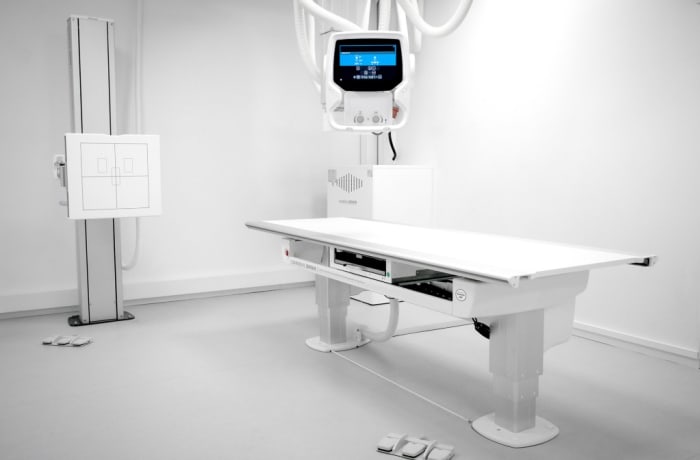
Magnetic Resonance Imaging M.R.I Procedures
Further information
Magnetic resonance imaging (MRI) is a medical imaging technique that uses a magnetic field and radio waves to produce detailed images of the body's internal structures. MRI is a non-invasive and painless procedure that can help diagnose various medical conditions. Here are some examples of MRI procedures:
Brain MRI: This exam produces detailed images of the brain to evaluate for conditions such as tumors, stroke, or multiple sclerosis.
Spine MRI: This exam produces images of the spine to evaluate for conditions such as herniated discs, spinal stenosis, or spinal cord injuries.
Abdominal MRI: This exam produces images of the abdominal organs, such as the liver, pancreas, spleen, and kidneys, to evaluate for conditions such as tumors, cysts, or liver disease.
Breast MRI: This exam produces detailed images of the breast tissue to evaluate for abnormalities such as tumors or breast cancer.
Joint MRI: This exam produces images of the joints, such as the knee, shoulder, or hip, to evaluate for conditions such as arthritis, ligament injuries, or cartilage damage.
MRI procedures are generally considered safe and non-invasive, and there is no known risk of radiation exposure. However, some people may experience claustrophobia or anxiety during the exam due to the enclosed space of the scanner. Your doctor may recommend MRI procedures based on your individual medical needs and symptoms. The procedures are typically performed by a radiology technologist or radiologist in a hospital or clinic setting.
